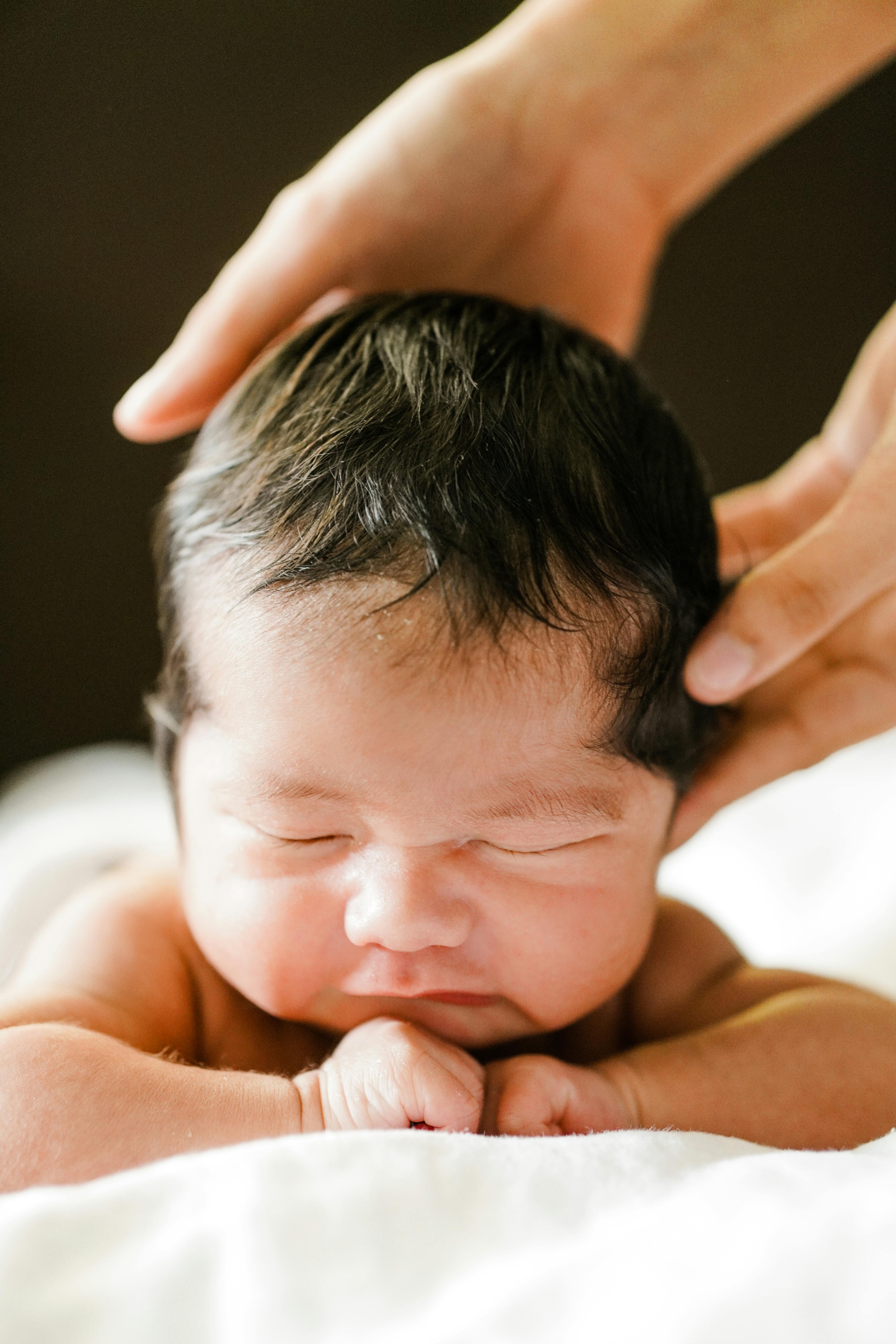Table of Contents
Building Trust with Your Babysitter
The first step in ensuring emergency preparedness is to build trust with your babysitter. Take the time to thoroughly vet potential candidates by checking references, conducting interviews, and possibly even running background checks. Once you have chosen a babysitter, it’s important to establish clear expectations and boundaries from the start. Make sure your babysitter knows how to reach you at all times, and provide them with emergency contact information for close family members or neighbors in case they can’t reach you.
On-Demand Childcare in Your Neighborhood
Book a Sitter
Communication is Key
Open and clear communication is crucial when it comes to emergency planning. Make sure your babysitter is aware of any specific health concerns or allergies your child may have, as well as any medications they may need to take. Discuss your family’s emergency procedures, including where to find important documents like medical consent forms and insurance information. Encourage your babysitter to ask questions and seek clarification if they are unsure about anything.
First Aid and Emergency Response Training
It’s a good idea to provide your babysitter with first aid and emergency response training. Many community organizations offer classes specifically geared towards caregivers, covering topics such as CPR, basic first aid, and emergency preparedness. Investing in this type of training can give your babysitter the skills and confidence they need to handle a wide range of emergency situations, from minor injuries to more serious medical emergencies.

Creating an Emergency Preparedness Kit
In addition to training, it’s important to make sure your babysitter has access to an emergency preparedness kit. This kit should include items such as bandages, antiseptic wipes, a thermometer, a flashlight, and any necessary medications or medical supplies. Keep the kit in a designated place that is easily accessible to your babysitter, and make sure they know where it is located.
Regularly check and update the kit to ensure that all supplies are current and in good condition.
Practice Makes Perfect
Finally, the best way to ensure that your babysitter is prepared for emergencies is to practice. Conduct regular drills with your babysitter to simulate different emergency scenarios, such as what to do in the event of a fire, severe weather, or a medical emergency. Practice using the emergency preparedness kit and review your family’s emergency procedures together. By rehearsing these situations in advance, your babysitter will be better equipped to handle them calmly and effectively if they ever occur in real life.
In conclusion, emergency planning is a key aspect of ensuring the safety and well-being of your children while in the care of a babysitter. By building trust, fostering open communication, providing training, creating a preparedness kit, and practicing emergency scenarios, you can help your babysitter feel confident and prepared to handle any unexpected situations that may arise. Investing the time and effort into emergency planning will give you peace of mind knowing that your children are in good hands no matter what challenges may come their way.










